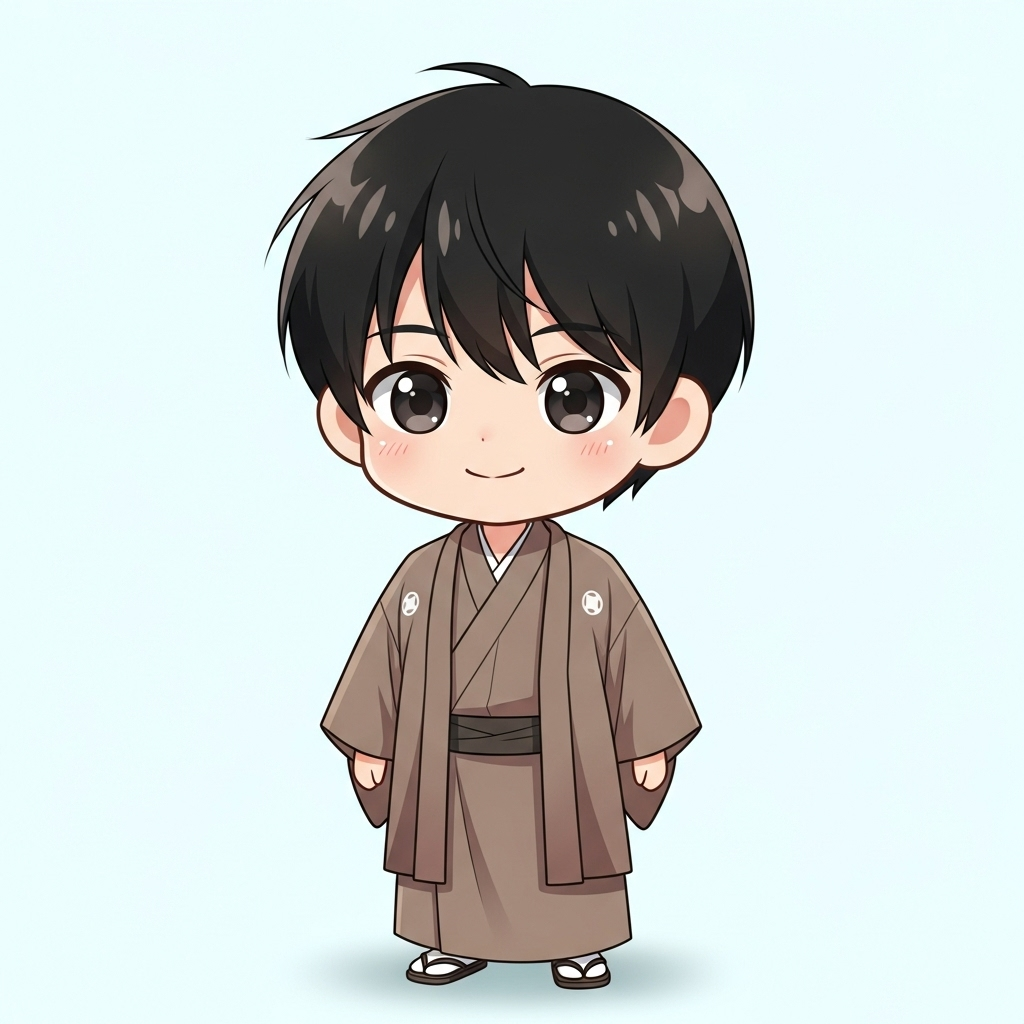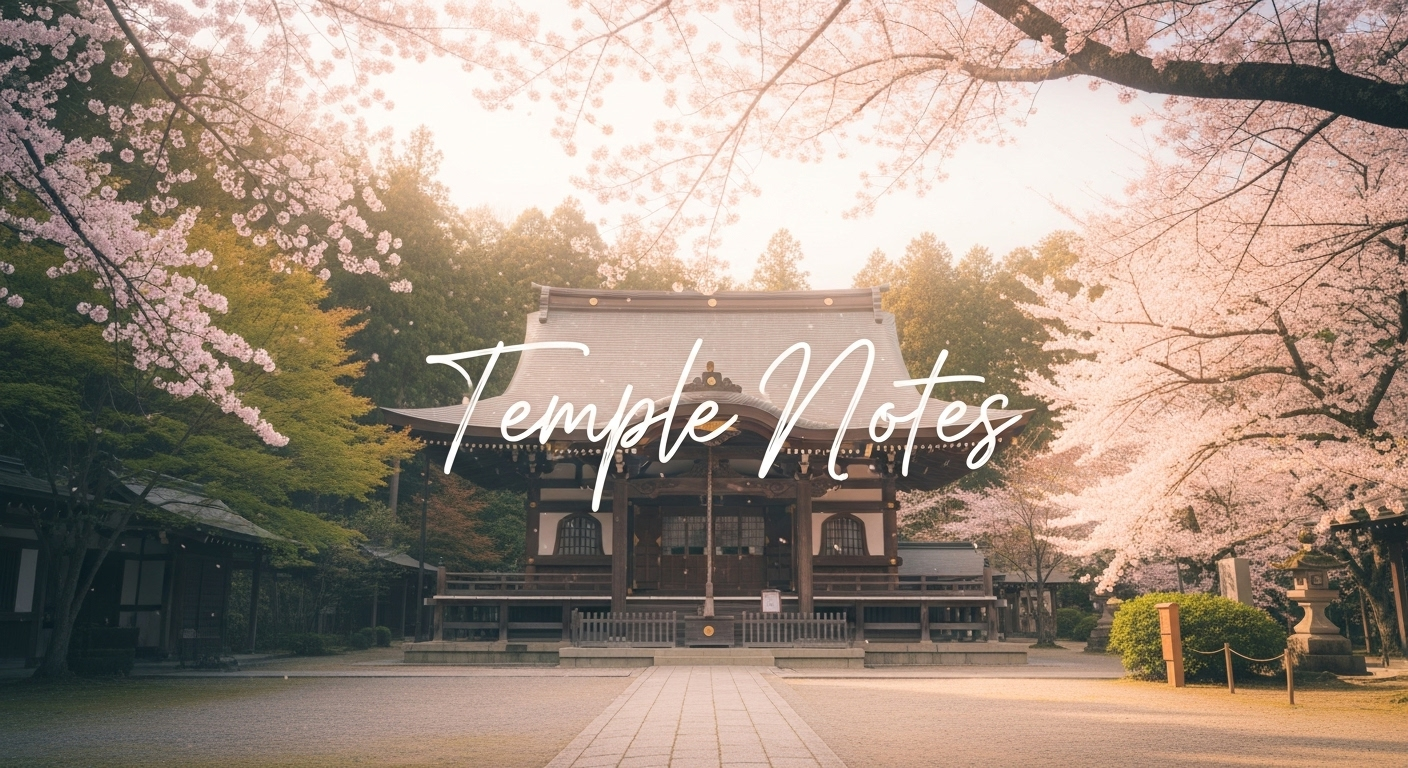Nestled in the mountains of northern Kyoto, Kurama-dera Temple draws interest for its spiritual atmosphere and stunning natural setting. But if you’re wondering, “What kind of temple is it?”, “What are the must-see spots?”, or “How do I get there?”, you’re not alone.
Kurama-dera is a fascinating destination where history, nature, and mysticism converge. Known for its ties to Japanese legends and as a power spot, it attracts visitors seeking both adventure and spiritual rejuvenation.
In this article, we’ll explore everything you need to know before visiting: the temple’s origins, main attractions, how to get there, and nearby places to check out. By the end, you’ll likely be planning your own journey to this unique place.
What is Kurama-dera? Its History and Origins
The Founding and Historical Roots of Kurama-dera
Kurama-dera was founded in 770 AD by Gantei, a disciple of the famous Chinese monk Jianzhen. It sits on Mt. Kurama and was originally part of the Tendai Buddhist tradition. Over the centuries, the temple has evolved into an independent religious institution known as Kurama-Kokyo, incorporating elements of Buddhism, Shinto, and nature worship.
The temple has long been revered as a sacred site where spirituality and nature are deeply intertwined, and it remains a destination for seekers of healing and energy.
The Legend of the Kurama Tengu and Ushiwakamaru
Kurama-dera is famously linked to the legend of Ushiwakamaru (young Minamoto no Yoshitsune) and the Kurama Tengu—a mythical long-nosed mountain spirit. According to folklore, Ushiwakamaru trained in swordsmanship under the Tengu deep in the Kurama mountains.
Today, various statues and sites around the temple honor this tale, creating a mystical, storybook-like experience for visitors.
Why Kurama-dera Continues to Attract Devotees
One reason Kurama-dera draws so many visitors is the presence of its central deity: Sonten, said to represent the universal life energy. Many believe that the entire mountain is a power spot filled with cosmic energy.
Visitors often report feeling spiritually refreshed after walking the temple’s grounds—making it especially popular among those looking for emotional or mental clarity.
Highlights of Kurama-dera
The Main Hall (Kondō) and Its Majestic Presence
The temple’s Main Hall, known as the Kondō, is reached after climbing a long stone stairway. Standing at the top, you’re greeted by a commanding structure that exudes a sacred aura. Inside, you’ll find the triad of Sonten deities, which symbolize the cosmic energy of the universe.
In front of the hall lies the Kongō Sho, a six-pointed star-shaped platform believed to be a focal point of spiritual power. Many visitors pause here for quiet meditation or prayer.
Kurama Mountain’s Nature and Spiritual Spots
Kurama-dera is more than just buildings—it’s part of Mount Kurama, a richly forested area offering a full immersion in nature. The entire mountain is considered sacred, and walking its trails feels like stepping into a different world filled with peace, energy, and natural beauty.
The Path to Oku-no-in and the Mysterious Mao-den
If you continue past the main hall, you’ll eventually reach Oku-no-in Mao-den, said to be the landing site of Sanat Kumara, a celestial being who arrived 6.5 million years ago according to temple lore. Along the way, you’ll pass historical spots like the Yoshitsune-do Hall and the Back-to-Back Stone, linked to Yoshitsune’s childhood training.
The Enchanted Tree Root Path
One of the most iconic paths is the Tree Root Trail (Kinone-michi), where tree roots form natural patterns above the ground. The twisting roots are said to channel the mountain’s energy, and many visitors find this path to be spiritually invigorating.
Annual Events and Festivals at Kurama-dera
Throughout the year, Kurama-dera hosts various religious and cultural events. Among them, the Kurama Fire Festival stands out as the most famous.
The Kurama Fire Festival
Held annually on October 22, the Kurama Fire Festival transforms the quiet mountain village into a sea of flame. Residents carry massive torches through the streets, creating a powerful visual and spiritual experience. It’s one of Kyoto’s most unique and energetic festivals, drawing thousands of spectators each year.
How to Get to Kurama-dera and Visitor Information
Getting There by Train or Bus
The easiest way to reach Kurama-dera is by train. From Demachiyanagi Station, take the Eizan Railway Kurama Line to Kurama Station, which takes about 30 minutes. From there, it’s a short walk to the temple entrance.
The scenic ride and charming station surroundings make the journey itself part of the experience.
Getting There by Car and Parking Info
Driving to Kurama is possible, but keep in mind that mountain roads are narrow, and parking is limited—especially during peak seasons. There’s no dedicated parking for Kurama-dera, so public transportation is generally recommended for a hassle-free visit.
Temple Hours, Fees, and Tips
Kurama-dera is open daily from 9:00 AM to 4:15 PM. There is an entry donation of 300 yen (called “Aizan-hi”). If you plan to explore the entire mountain trail to the inner sanctuary, comfortable footwear is essential.
During bad weather, parts of the trail may be closed, so checking the official website beforehand is advisable.
Things to Do Around Kurama-dera
Combine Your Visit with Kifune Shrine
Just beyond the mountain from Kurama-dera lies Kifune Shrine, another spiritual hotspot. Many visitors hike from Kurama to Kifune along a forested trail that offers both natural beauty and a touch of adventure.
This route provides a complete day trip, combining history, mythology, and spiritual power in one unforgettable journey.
Relax at Kurama Onsen
After a day of hiking and sightseeing, nothing beats soaking in a natural hot spring. Kurama Onsen, located near the station, offers outdoor baths with mountain views. It’s the perfect way to relax your body and spirit after visiting the temple.
Day-use options are available, so even a short soak is possible.
Local Food and Cafés in the Kurama Area
Kurama village has several cozy eateries and traditional cafés offering local cuisine. Dishes like grilled river fish, seasonal mountain vegetables, and Japanese sweets await hungry travelers.
Enjoying a quiet meal here is the perfect way to complete your Kurama experience.
Things to Know Before You Visit Kurama-dera
What to Wear and Bring
Kurama-dera involves a fair bit of walking, especially if you plan to hike to Oku-no-in or continue to Kifune Shrine. Wear comfortable walking shoes and layered clothing, as temperatures can vary throughout the year. In winter, be prepared for snow.
Don’t forget water and a small towel, especially in the summer months.
Tips for Rainy Days
Rain transforms Kurama-dera into a foggy, mystical landscape. The moss-covered steps and misty trails create a serene atmosphere—but can also be slippery. A raincoat is more practical than an umbrella, as it leaves your hands free for hiking.
Proper shoes with grip are essential for wet conditions.
How to Avoid the Crowds
The temple gets busy during autumn foliage season and during the Fire Festival. To avoid the crowds, visit on weekday mornings or in the early spring or winter off-season. Planning ahead ensures a quieter, more intimate experience.
Conclusion: A Journey of Nature and Spirit Awaits at Kurama-dera
A Recap of Kurama-dera’s Unique Charm
Kurama-dera is a rare blend of history, mythology, and nature. From its majestic halls and legendary paths to its powerful energy and stunning views, it offers more than just a temple visit—it’s a journey into Japan’s spiritual heart.
Whether you’re a history buff, a nature lover, or a seeker of inner peace, this mountain temple offers something truly special.
Why First-Time Visitors Shouldn’t Miss It
For first-time visitors to Kyoto or Japan, Kurama-dera is a perfect escape from the usual tourist trail. It’s easy to access, full of depth, and provides a refreshing contrast to the city’s hustle.
If you’re looking for a place that rejuvenates the body and soul, Kurama-dera should be at the top of your list.
A Message from the Guide

The nature is beautiful, and it makes me feel calm.






Comment